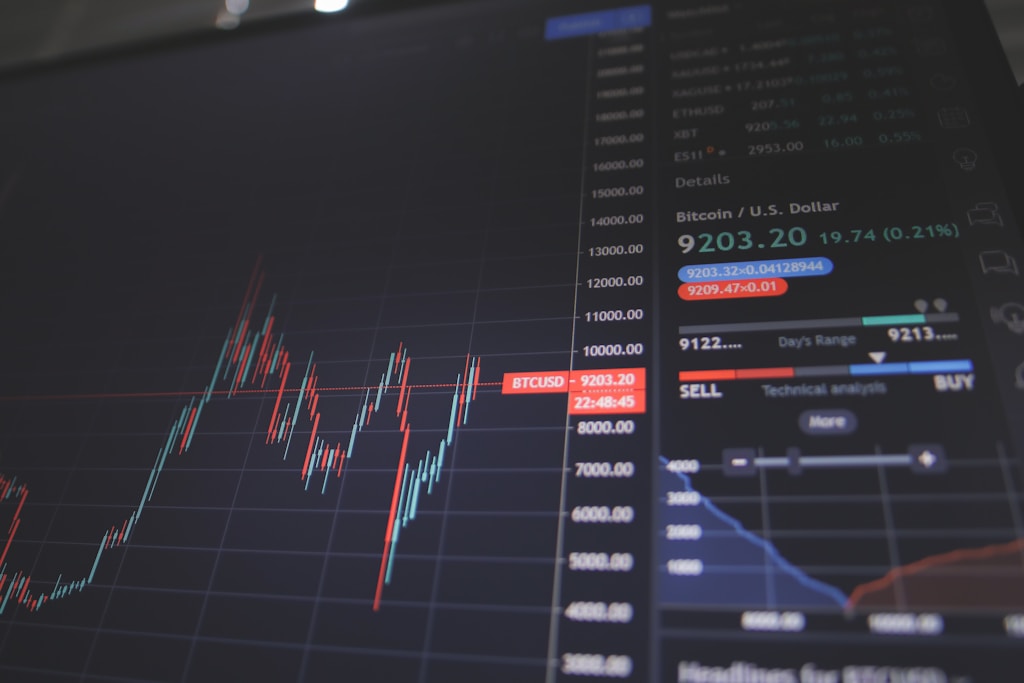In a groundbreaking development for the cryptocurrency industry, the U.S. Securities and Exchange Commission (SEC) has officially declared that “covered” stablecoins do not qualify as securities, marking a significant shift in regulatory clarity for the $144 billion stablecoin market.
This landmark decision, announced on April 4, 2025, specifically addresses dollar-backed stablecoins like Tether’s USDT and Circle’s USDC, providing much-needed regulatory certainty for these crucial crypto market instruments.
What Qualifies as a Covered Stablecoin?
According to the SEC’s official statement, covered stablecoins must meet specific criteria:
- Designed and marketed primarily as payment instruments
- Maintain stable value relative to the US dollar
- Backed by US dollars or low-risk, liquid assets
- Capable of honoring redemptions on demand
Implications for the Stablecoin Market
This regulatory clarity has several important implications:
- Stablecoin issuers won’t need to register their tokens as securities
- Reduced compliance burden for major players like Tether and Circle
- Potential for increased institutional adoption
- Clear distinction between covered and algorithmic stablecoins
Algorithmic Stablecoins: The Gray Area
Notably, the SEC’s statement deliberately excludes algorithmic stablecoins from this classification. This comes in the wake of the $45 billion Terra/LUNA collapse in 2022, suggesting continued regulatory scrutiny for these more complex instruments.
Alignment with Proposed Legislation
The SEC’s position aligns with recent legislative efforts, including Senator Bill Hagerty’s GENIUS stablecoin bill and the Stable Act of 2025. These initiatives aim to create a comprehensive regulatory framework while protecting the US dollar’s global reserve status.
Frequently Asked Questions
What does this mean for stablecoin investors?
Investors in covered stablecoins can now operate with greater regulatory certainty, though standard financial regulations still apply.
Will this affect stablecoin prices?
While stablecoin prices should remain stable by design, this clarity may increase their adoption and utility in the crypto ecosystem.
How does this impact new stablecoin projects?
New projects must ensure compliance with the SEC’s criteria for covered stablecoins to avoid securities classification.
As the stablecoin market continues to evolve, this regulatory clarity represents a significant milestone in the maturation of the cryptocurrency industry. Market participants can now operate with greater confidence within defined regulatory boundaries.
